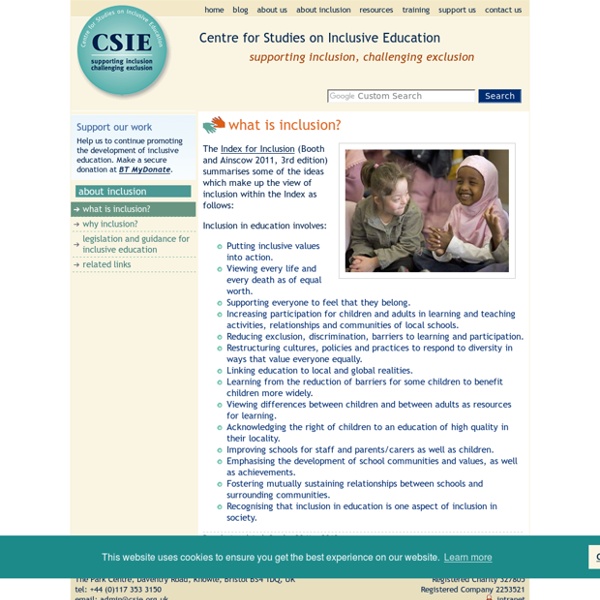Zoom
Trash
Related:



Pervasive Developmental Disorders Information Page What are Pervasive Developmental Disorders? The diagnostic category of pervasive developmental disorders (PDD) refers to a group of disorders characterized by delays in the development of socialization and communication skills. Parents may note symptoms as early as infancy, although the typical age of onset is before 3 years of age. Is there any treatment? There is no known cure for PDD. What is the prognosis? Early intervention including appropriate and specialized educational programs and support services plays a critical role in improving the outcome of individuals with PDD. What research is being done? The NINDS conducts and supports research on developmental disabilities, including PDD. Prepared by: Office of Communications and Public Liaison National Institute of Neurological Disorders and Stroke National Institutes of Health Bethesda, MD 20892 All NINDS-prepared information is in the public domain and may be freely copied.
THINK first | Welcome to AutismFitness.com! Digital Citizenship Teaching Strategies The book “Teaching Infants and Preschoolers with Disabilities”, by Donald B. Bailey and Mark Wolery, suggests 10 intervention strategies to promote learning. These intervention strategies are also applicable to teaching older students. Structuring the physical space to promote engagement and learning The physical environment should be structured to promote experiences that will cause children to learn important skills. Structuring the social environment by using models, proximity, and responsive adults to promote engagement and learning The adult should be sensitive to the child’s behavior and assume the role of observer or monitor. The adult should read the child’s behavior as intents to interact. The physical and social environment should be responsive to the children’s behavior. The adult should encourage children’s ongoing interactions. The adult should support and encourage children’s attempts to display more complex behaviors. Using children’s preferences to promote learning
iDress for Weather Sites for Autistic Support Teachers! AdaptedLearning.com A new site from Mayer-Johnson! This site provides an endless amount of Boardmaker files! You must have Boardmaker to open the files. Southern California Autism Training Collaborative Website Lots of examples of structured work jobs. Visual Aids for Learning Some free, printable, visuals to help people learn everyday activities. Spectronics Symbol Activity Exchange Assistive Technology Team Lots of free, printable Boardmaker activities. OMAC Consulting A fantastic site by Cindy Golden. Crafty Chic Some free, printable file folder games. ZAC Browser - Zone for Autistic Children ZAC is the first web browser developed specifically for children with autism, and autism spectrum disorders such as Asperger syndrome, pervasive developmental disorders (PDD), and PDD-NOS. Special thanks to my father, Thomas Glew for sending in this site. Create A Graph Make many different types of graphs. Positively Autism Free resources, lesson plans, teaching materials, and more! Slater Software Inc.
The Power of Play Parents, teachers, children at Play-In call for less testing, more playing for young children in CPS Chicago, IL: Today, dozens of parents, children and educators attended a “Play-In” organized by More Than a Score to highlight their concern that testing has taken over the Chicago Public Schools (CPS) classrooms of our youngest children, pushing play-based learning out. The group set up play areas at CPS headquarters to demonstrate the power of play. More Than a Score is concerned that the youngest learners in Chicago Public Schools are facing multiple standardized tests—as many as 14 in some kindergarten classrooms – inappropriate amounts of seatwork and homework, and a lack of opportunities for play, exploration, and creativity. (See great photos here by Sara-Ji.) Cassie added, “The lack of play is only made worse by the narrow academic focus. In a statement of support for this event, Penn State education professor Dr.
Teaching Autism Students in Inclusive Classrooms Teaching Autism Students in Inclusive Classrooms Are we teaching autism students effectively in inclusive classrooms so that they are able to benefit from their educational programs? The information, research and articles below offer teachers practical tips and strategies on how to teach students with autism in inclusive classrooms. Parents may find the information useful as well. Please consider sharing it with your child's teacher. Intervention Strategies for Teaching Students with ASD in Inclusive Classrooms Although there is a range of intervention strategies designed for students with ASD and used in many educational settings, there is no one intervention or approach proven effective for every child with ASD (National Research Council 2000). Strategies to Promote Successful Inclusion Experiences The following suggestions may help teachers provide better learning experiences in an inclusive classroom: Use consistent classroom routines.
Standards Education technology standards to transform learning and teaching The time for major change in education is now. In a world where rapid advances in technology have a profound impact on the ways we work, communicate and live, education has struggled to keep pace. The ISTE Standards work together to support educators, students and leaders with clear guidelines for the skills and knowledge necessary to move away from the factory model. These are not the typical boxes educators need to check. They provide a framework for rethinking education, adapting to a constantly changing technological landscape and preparing students to enter an increasingly global economy. Empowering connected learners in a connected world As educators, we are preparing students for a future that we cannot yet imagine. Want to know more? How can the ISTE Standards be used? Visit permissions and licensing.